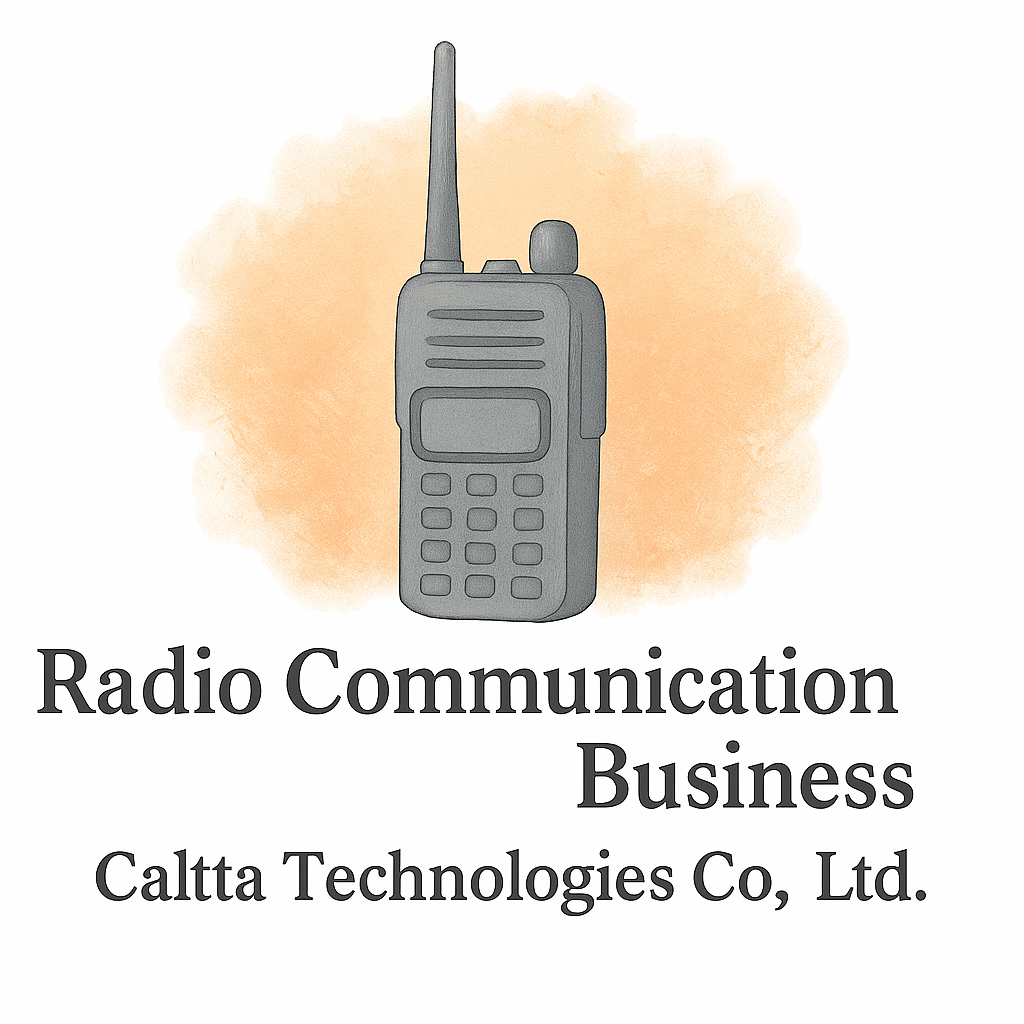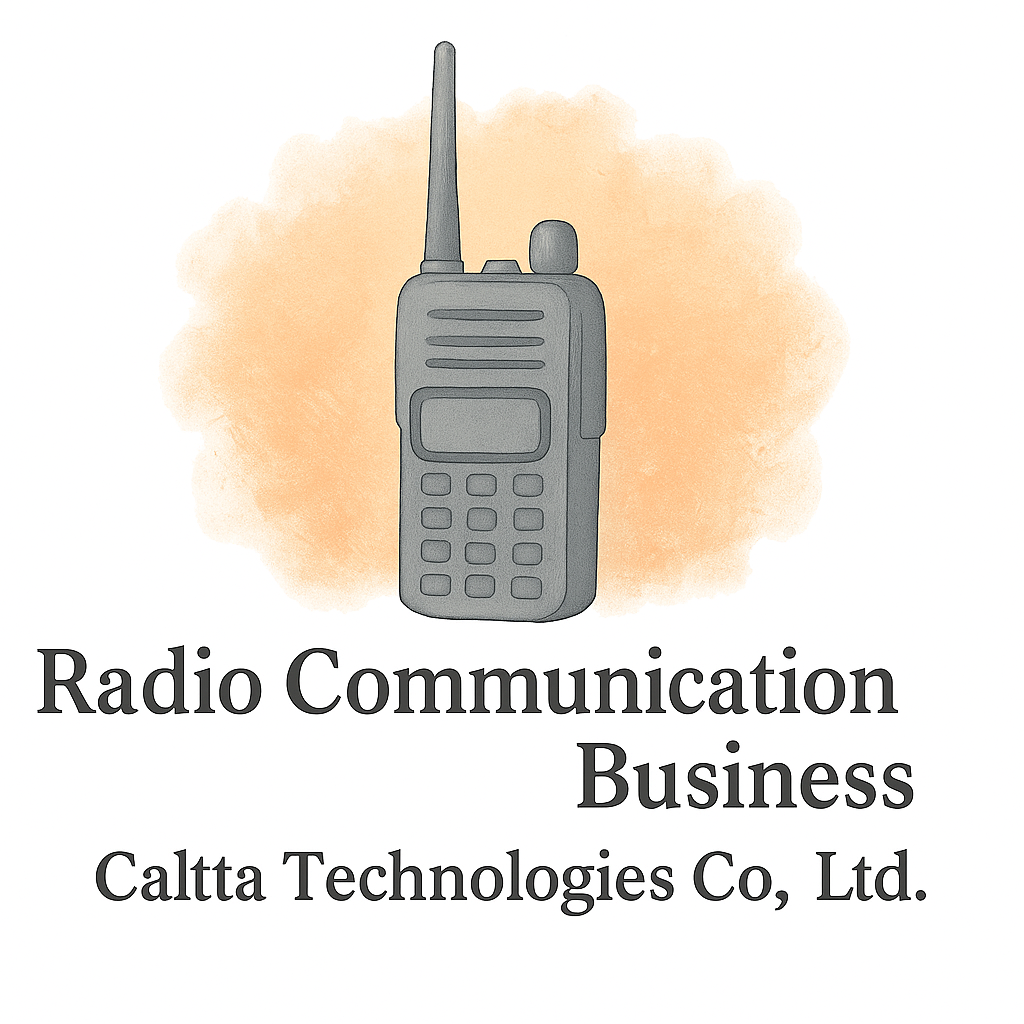Introduction
Let’s face it—radio communication is no longer just walkie-talkies and police scanners. The industry has evolved dramatically with technology, and now it’s diving into some exciting new areas. Whether you’re a startup enthusiast, a tech-savvy investor, or just curious about the trends, this deep dive into 6 emerging niches in the radio communication industry will give you a clearer picture of where innovation is heading.
As always, we’ll throw in some smart equipment and technology talk, money-saving tips, and useful links from our friends at Caltta International to help you dig deeper.
1. Smart Grid Communication Networks
What Are Smart Grid Communications?
Imagine your electricity network could talk to itself. That’s essentially what a smart grid does. Using two-way radio communication systems, utilities can monitor, control, and automate their infrastructure in real time.
Why This Niche Is Growing
With renewable energy on the rise and infrastructure aging fast, utility providers are racing to implement smart grids. The niche relies heavily on radio-based systems for remote sensing and control—especially in rural areas where cellular signals may be weak or unreliable.
Use Case: Utility Companies
Think about a power outage. Instead of sending technicians blindly, radio signals alert the control center instantly, helping direct resources where they’re needed. Efficiency and safety go through the roof.
👉 Pro Tip: Learn more about optimizing budgets for smart grid tech at Financial Planning for utility companies.
2. Emergency and Disaster-Ready Communications
The Role of Radio in Emergency Response
When the internet goes down or cell towers fail during a disaster, guess what still works? Yep—radio communication. This niche is booming thanks to increasing global weather events and security threats.
Real-World Examples and Applications
From wildfires in California to hurricanes in Florida, emergency responders rely on two-way radios to coordinate their actions. Specialized emergency frequencies and compliant radio hardware are being developed for real-time, reliable communication.
🔗 Stay compliant with local regulations through Caltta’s compliance insights.
Integration with Other Systems
Modern emergency systems aren’t just radios—they’re integrated with digital maps, GPS, drones, and more. Radio is the backbone holding these systems together.
3. Private LTE and 5G for Enterprises
How Enterprises Use Private Networks
Businesses don’t want to rely on public networks for sensitive data. That’s why Private LTE and 5G solutions using radio communication are taking off, especially in industries like manufacturing, oil & gas, and transportation.
🔍 See our detailed guide on business startup basics for industrial ventures entering the radio space.
Radio Equipment Evolution
Today’s radios aren’t just for voice—they’re full-blown data terminals. High-speed, low-latency communication is now possible with integrated radio modules running on dedicated enterprise networks.
Equipment Investment and Planning
Of course, setting up private LTE/5G means investing in infrastructure. That’s where forward-thinking companies use strategic financial planning and choose the right tools from the start.

4. Radio Communications in Smart Cities
Connecting Urban Infrastructure
Smart cities are built on data—and that data needs to move. Radio communication bridges the gap between city sensors, traffic systems, public transport, and more.
The Role of IoT and AI
Combine radio with IoT and AI, and you get intelligent systems that adapt in real-time. Traffic lights that talk to each other? Trash bins that alert when full? All possible through interconnected radio modules.
Check out more industry insights on how smart tech is evolving fast.
Public Safety and Smart Surveillance
CCTV, alarms, and first responder systems in smart cities depend on secure, fast radio communication. Expect this niche to grow as urban areas continue to expand.
5. Maritime and Offshore Communications
Reliable Communication in Harsh Environments
Offshore oil rigs and cargo ships often sail where traditional networks can’t reach. That’s why VHF, UHF, and satellite radio systems remain essential.
🛠 Looking for tech designed for these challenges? Explore equipment for extreme environments.
Compliance and Regulations at Sea
Maritime communication is heavily regulated. New rules are driving innovation in secure, standardized radio devices that meet global compliance codes.
Tech That Keeps Ships Connected
Modern vessels are floating data centers. Radios now work alongside radar, GPS, and satellite internet to deliver seamless coordination.
6. Event-Based Communication Systems
Festivals, Conferences, and Sports Arenas
Huge crowds = massive communication challenges. From Coachella to the Olympics, temporary but powerful radio networks are deployed for staff coordination, security, and logistics.
👀 Planning an event? Avoid common event mistakes and tech failures with expert guidance.
Temporary High-Density Network Solutions
Events demand pop-up networks with zero tolerance for failure. New solutions like digital trunking and push-to-talk over cellular (PoC) help scale coverage and reliability.
Cost-Saving and Scalability
Organizers are turning to rental-based radio solutions and modular systems. Explore cost-saving strategies for temporary communications that pack a punch.
Final Thoughts
The radio communication industry is evolving—and fast. These six niches show how deeply integrated radio has become in modern life. Whether you’re building smart grids, preparing for emergencies, launching private 5G networks, or planning mega-events, there’s a world of opportunity waiting.
Thinking of starting or scaling a business in radio communication? Dive into startup guides, learn from real-world hacks, or explore the latest marketing and branding strategies tailored for tech ventures.
The future’s loud and clear—are you tuned in?
Frequently Asked Questions (FAQs)
1. What industries benefit most from emerging radio communication niches?
Industries like utilities, emergency services, manufacturing, maritime, and event management are leveraging advanced radio tech the most.
2. How does radio communication support smart cities?
It connects urban systems, enabling real-time traffic control, surveillance, public safety, and IoT devices to function seamlessly.
3. Is investing in private LTE/5G cost-effective?
Yes, for large enterprises. It offers better control, security, and performance over public networks, especially when paired with smart financial planning.
4. What role does radio play in disaster response?
Radio systems are often the only reliable communication method during infrastructure failures, making them essential for first responders.
5. Can small businesses tap into these niches?
Absolutely! With access to modular tech and business setup guidance, even startups can enter these markets.
6. What are the biggest challenges in maritime communication?
Distance, harsh weather, and regulatory compliance. That’s why specialized equipment is key.
7. Where can I learn more about trends in radio communication?
Visit Caltta International and their industry section for expert takes and in-depth resources.


